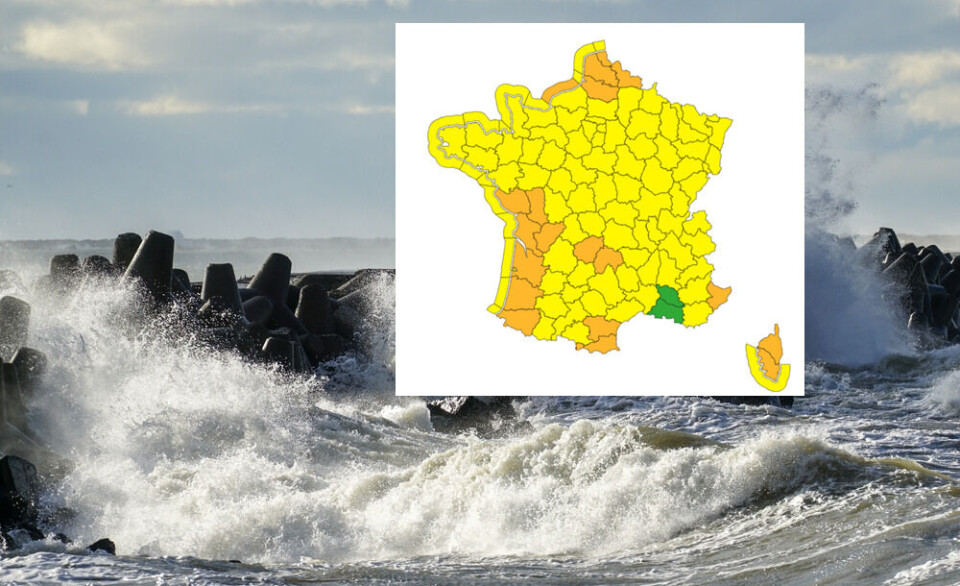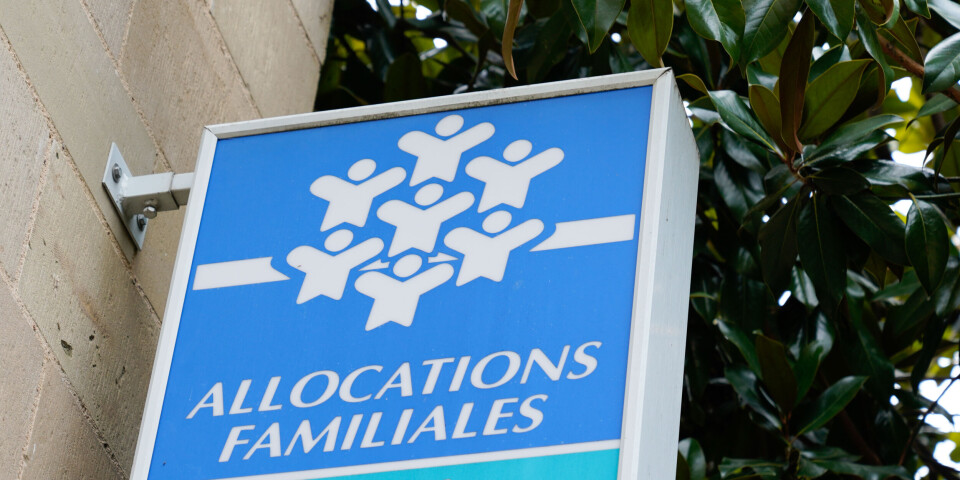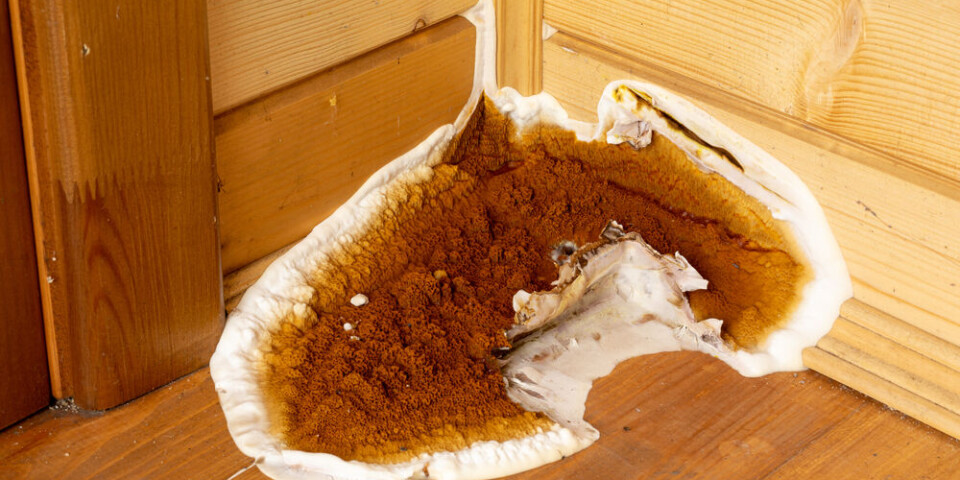-
Undergrowth clearance rules now in place across Var
New regulations affect most of department but aim to protect biodiversity
-
November gardening: tips for the perfect 'hot bed'
Great advice for adding some fiery colour to your garden this autumn and beyond
-
What you need to know when collecting rainwater in France
The rules are complex and depend on what you plan to do with it
Gardening tips for growing and grafting apples in France
Grafting, rootstocks and growing from seed - advice on apple trees this autumn

If you have recently been bitten by a desire to grow more fruit trees, you might be toying with the idea of joining your regional ‘Croqueurs de Pommes’ association.
When you join, you will be able to sign up for local workshops describing everything from training and pruning fruit – my own local association hosted an espalier-grafting workshop this summer – to the mysterious and addictive art of grafting.
Read more: Gardening in France: Apple tree troubles
Free grafting material
The only qualifications you need for either the Croqueurs or the grafting will be a bit of passion and – if you plan on grafting – a determination to improve your carpentry skills.
And – greatest joy – the resources of all of the other Croqueurs in your area will be available to you each February or March at your local bourse aux greffons.
There you can take away unlimited scion (grafting) material of Cox’s Orange Pippin, Calville Rouge d’Hiver, Reine des Reinettes or Transparente Blanche – any cultivar popular or thriving in your region, in fact – without paying a penny.
Here’s the rub: you still need to get hold of the rootstocks, but October and November are good months for a little forward planning.
Read more: A firm hand is required in autumn for pruning and grafting
Grow your own rootstocks from seed
If you are truly deep into this apple love affair you are probably, this very month, savouring the different varieties available from local growers.
Perhaps even considering saving the seed and growing your own rootstocks?
It is an oft-recommended plan, but with a catch.
Collect the seed now, by all means, choosing locally grown fruit, if possible, since the seed will be fresher and the eventual plants better suited to your own soil.
Sow the seed by the end of November, either in pots or in an easily tended area of the garden, such as a cold frame.
They will require a cold period at about 4 to 5°C centigrade for a couple of months to break their dormancy and bring about germination the following spring.
Alternatively, try ‘stratifying’ them in a refrigerator for 60 to 90 days: sow the seeds in pots or trays, cover them with a layer of vermiculite and a plastic bag (for refrigerator cleanliness only!), then leave them in the cold, whipping them out to germinate in a temperature of about 20 degrees centigrade.
The resulting seedlings will be what French apple growers call ‘francs’.
Buy rootstock suited to your plans
Coming from the land of carefully trialled and produced East Malling rootstocks, I was completely unaware when I purchased my first franc rootstocks that they might not be suitable for the espaliered apples I was planning to grow.
A franc rootstock will most likely give rise to a wildish type of apple with a rootstock only suitable for grafting large orchard trees – say 7.5 to 9 metres high and wide – not the more controlled, slower growing specimens that we enjoy playing around with in an ornamental fruit garden.
In other words, it’s a lottery, after investing perhaps three years of your gardening life in the hope of fine seedlings. Perhaps best treated as a bit of fun?
A rootstock for every tree shape
If you want a suitable rootstock for a cordon, espalier or goblet-trained apple, you’ll need to look at the East Malling selections, all well-loved and readily available in France, as well as far more dependable and uniform than any seed-raised plant.
Choose semi-dwarfing M9 or M27 for goblet-shaped bushes, fan shapes, cordons and espaliers, while more vigorous M106 could be used for large bushes or pyramids.
Village orchard might benefit
Finally, after ‘playing with franc’, I purchased M9 rootstocks and discovered, to my delight, that there’s another, more foolproof way to have an endless supply of free rootstocks with the right characteristics.
‘Stooling’ will give me more clones than I could possibly use.
So many that I could be giving them away as presents (probably already grafted with a good cultivar) to friends.
Or perhaps donating them to my verger villageois (village orchard); reinstating these is all the rage now that we are so much more aware of conserving our local tree and food biodiversity.
Read more: French town gives residents trees to add greenery to the local area
You can take cuttings from your rootstocks, of course, but stooling is easy-peasy and, coincidentally, M9 is a perfect subject since it produces not a few suckers – a habit that’s annoying in the orchard, but perfect in the rootstock nursery.
How to ‘stool’ clones
You plant your rootstock in the autumn, let it grow on for a year and then cut it to the ground, mounding up the soil around the roots.
It’s obvious that this method will not give you material onto which you can graft in under two years, so patience is essential!
During the autumn following stooling, the many shoots arising from your plant should be long enough to allow you to cut them away with a good part of the root system at their base.
You then either pot them on (I find plants in pots easier to graft with than plants growing in the ground) or plant into the soil and grow on.
You should, hopefully, have well-rooted plants ready for grafting the following spring – giving a schedule of about three years from stooling operation to grafting.
Get planning this October!
Email your gardening queries, to Cathy at editor@connexionfrance.com
Related articles
Ideas to avoid wasting fruit – and pick some for free – in France
French drought causes early – and poor – apple harvest in Brittany
























